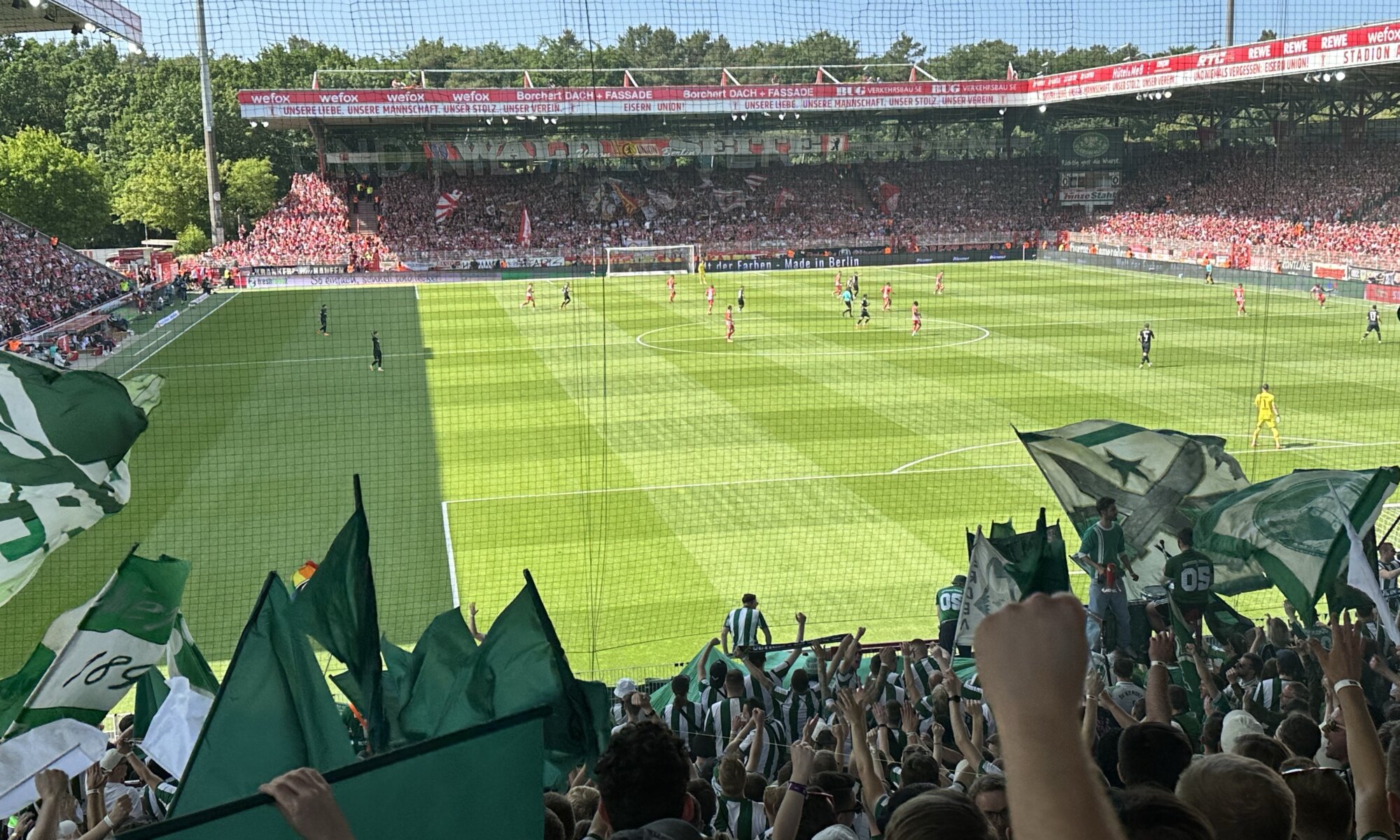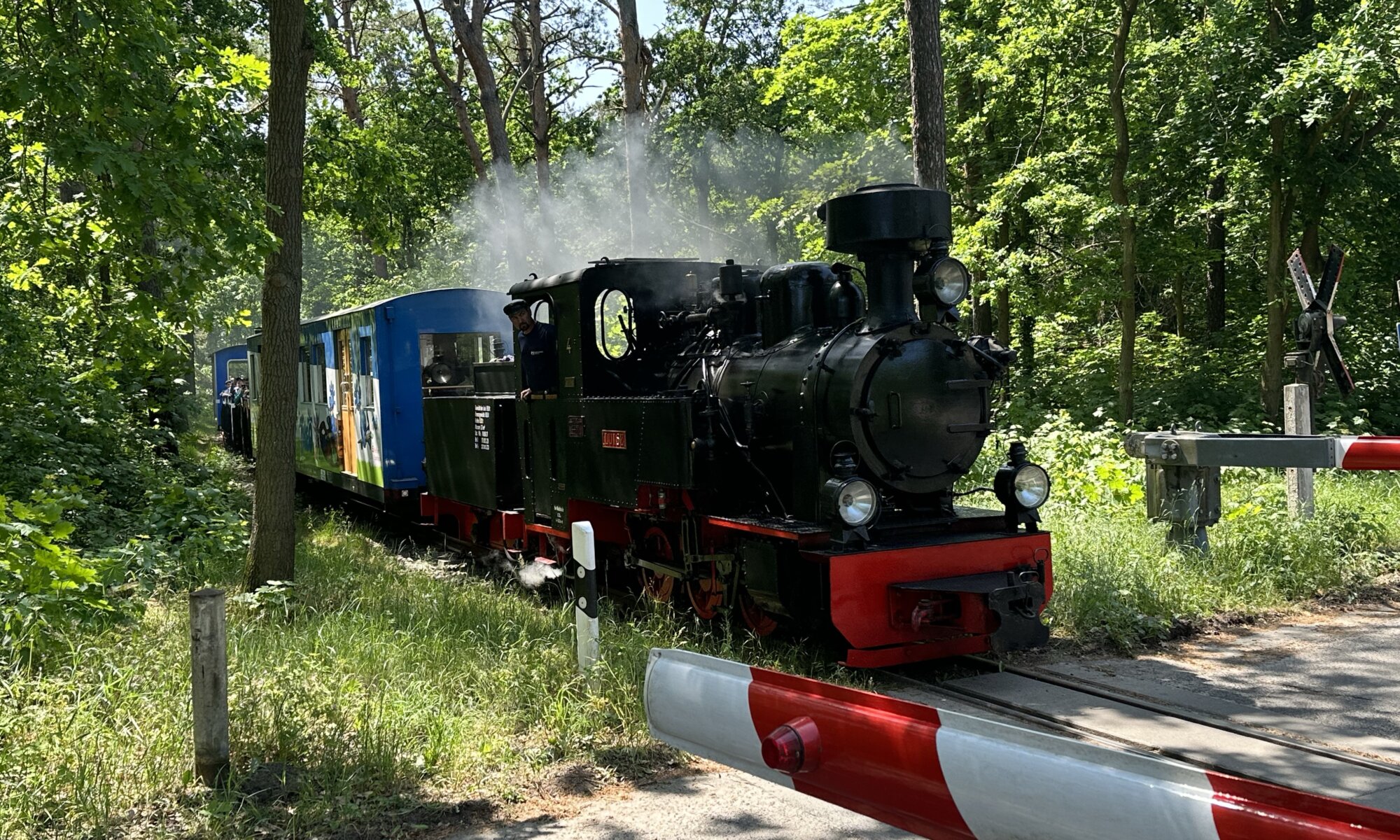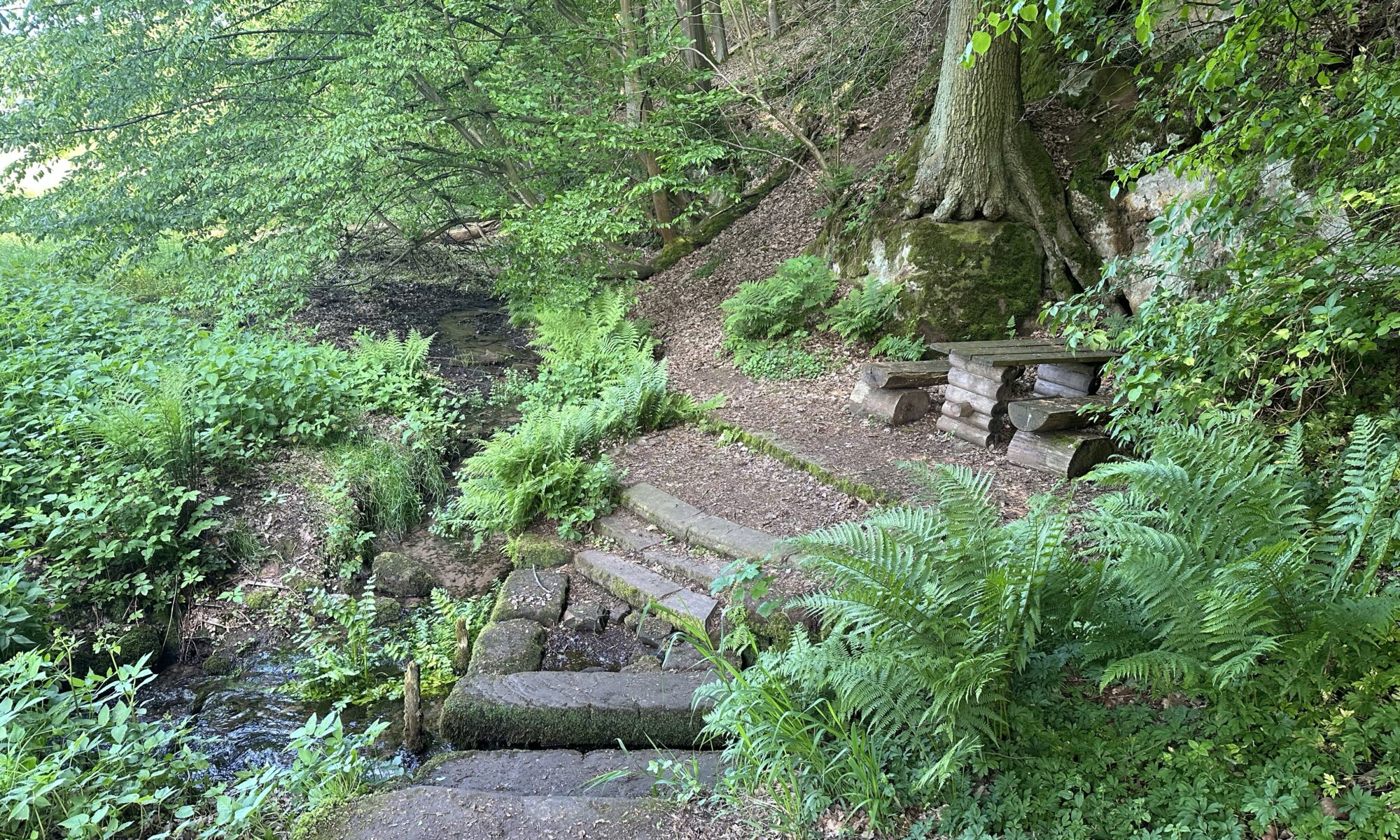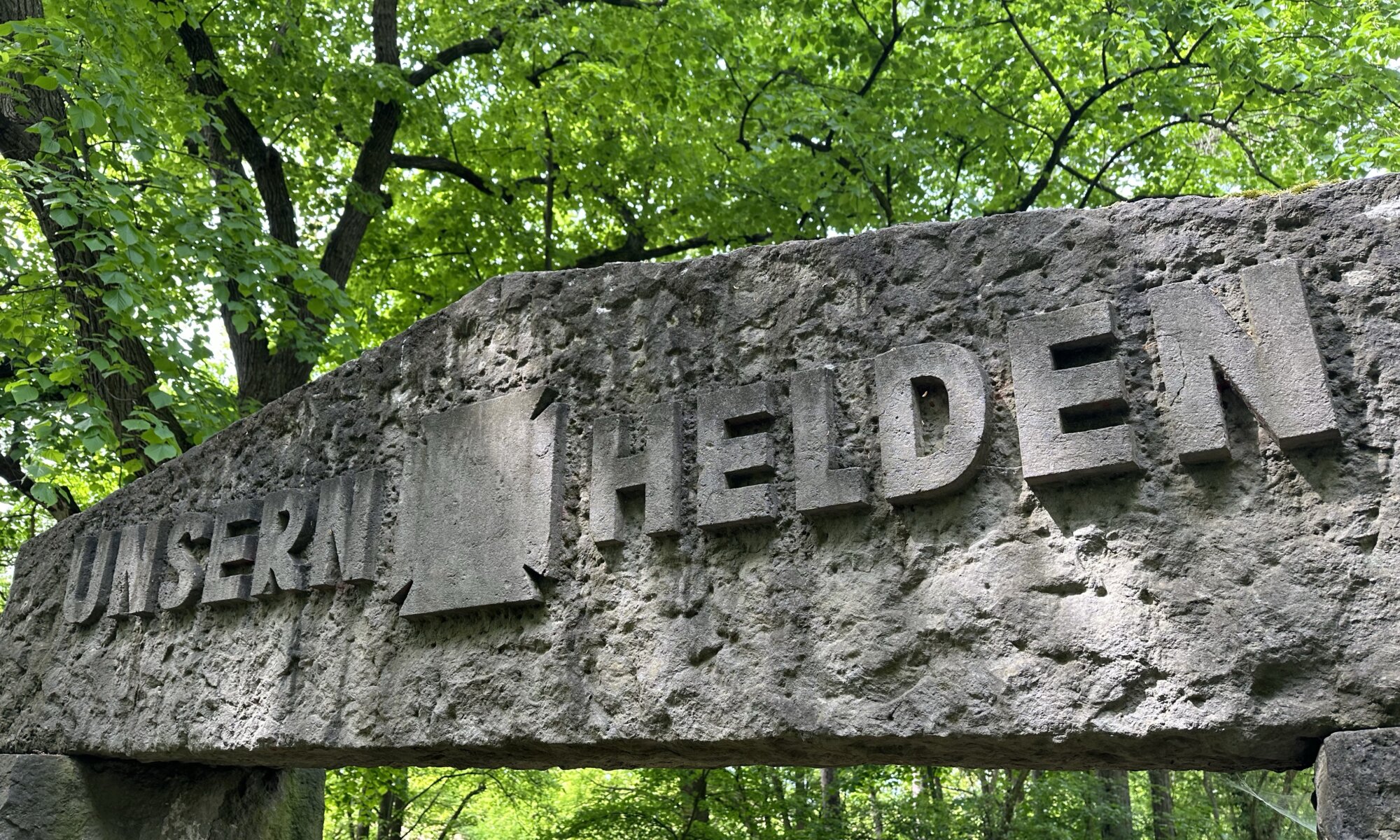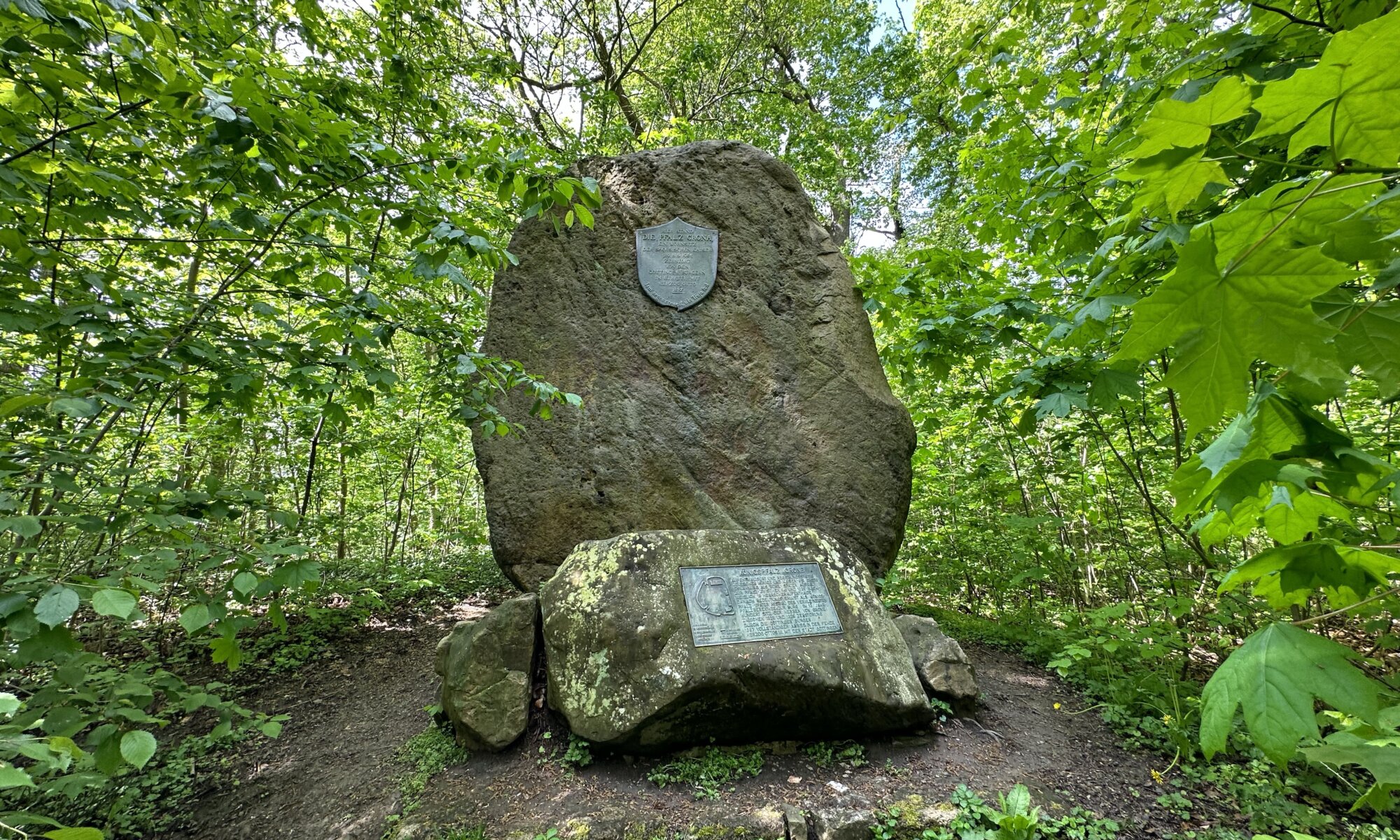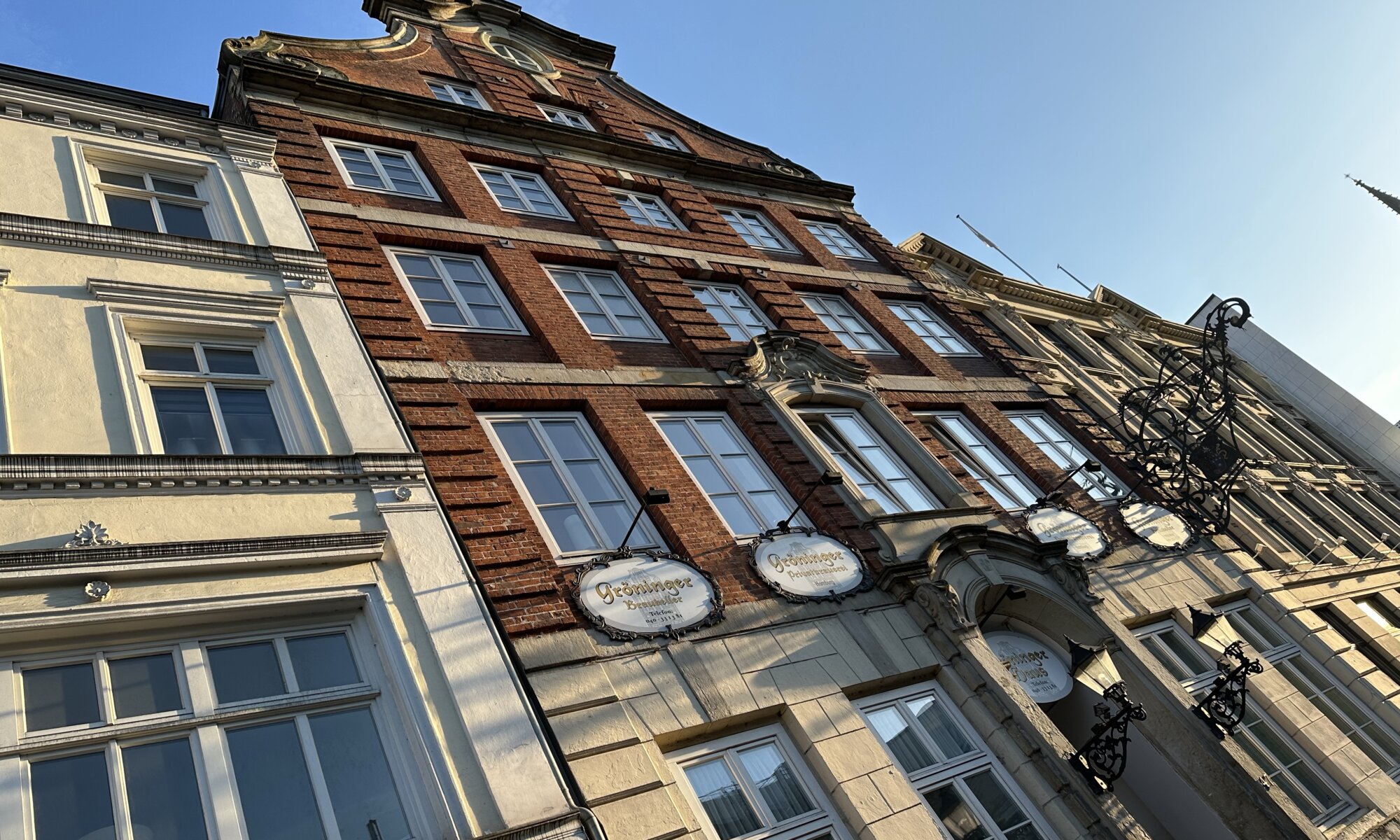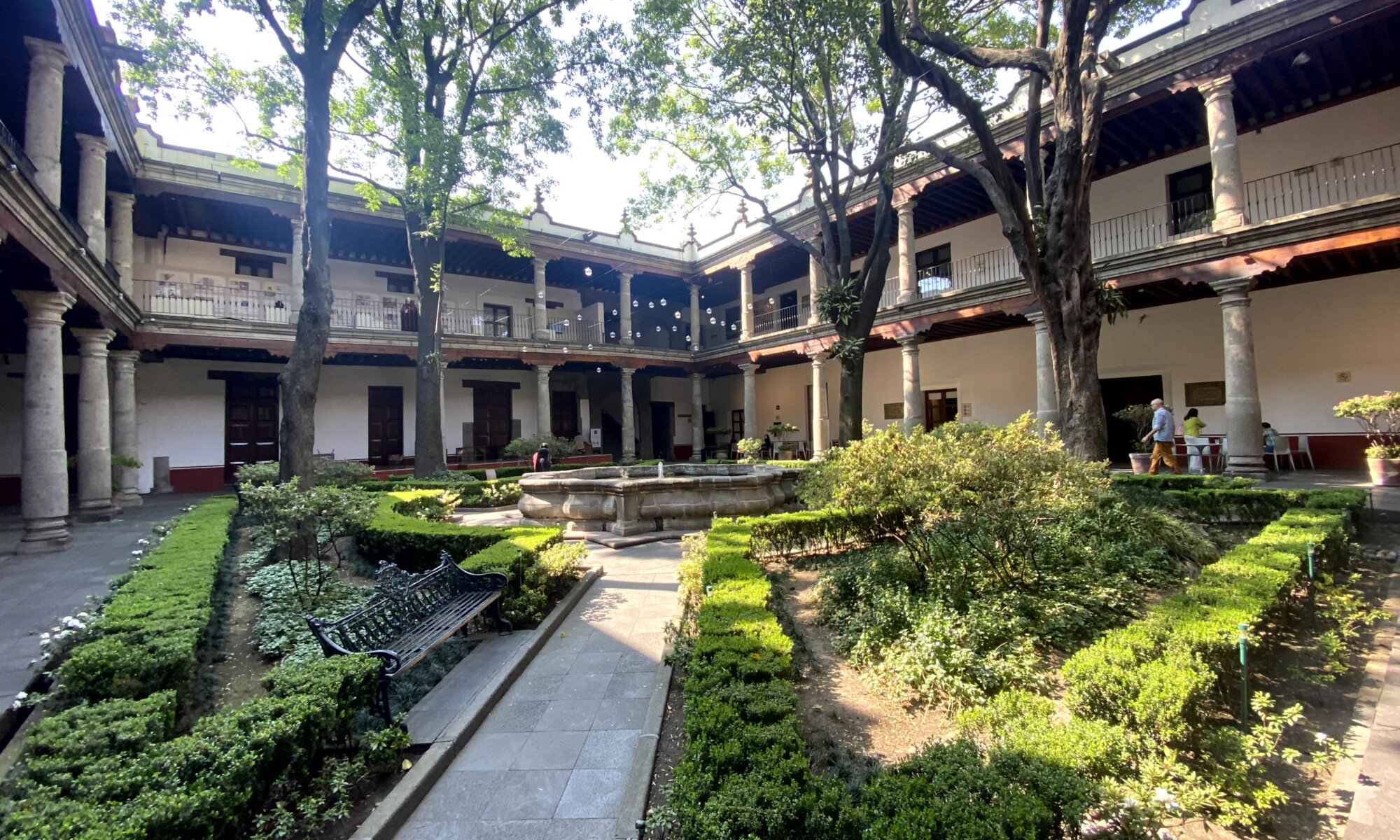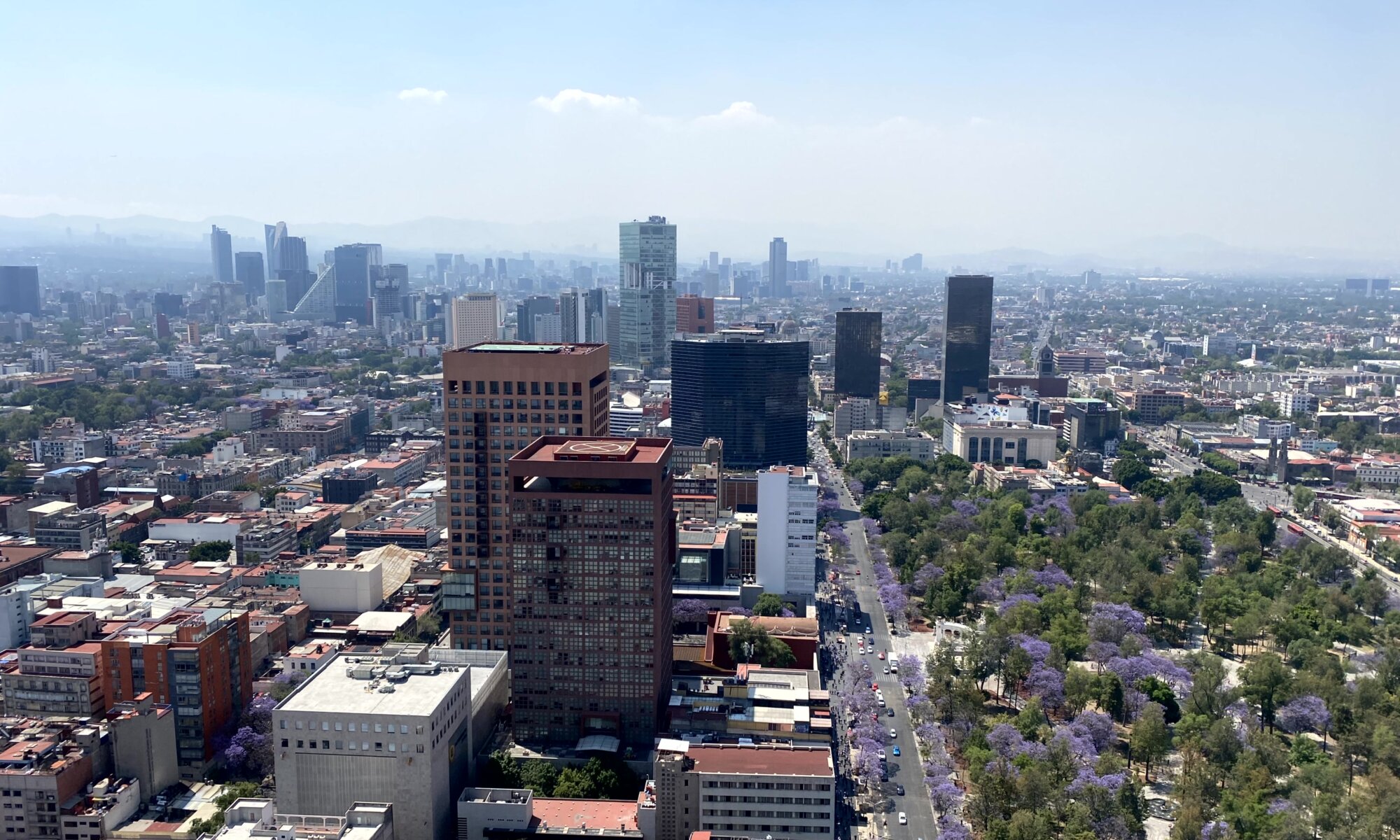The communication museum (Museum für Kommunikation) in the capital city of Germany resides in an amazing ancient building in the city quarter Mitte (Leipziger Straße / Mauerstraße). Its predecessor, the Reichspostmuseum, was opened in 1872; highlight of the building is the six meters high giants statue added in 1895. The current museum is operated by a foundation owned by the German state and financed by the Deutsche Post and Deutsche Telekom. That seems very reasonable because the focus of the collection is the history of mail and telephony.
Continue reading “Mauritius blue”An der alten Försterei
There are not many clubs from the East of Germany who currently play or formerly played in the Bundesliga. The division of the country into FRG (BRD) and GDR (DDR) for some decades still today shapes the scoreboard of the first German soccer league. Since 2016 the artificial club RB Leipzig which is a marketing vehicle for an energy drink producer is present, formerly Hansa Rostock, Energie Cottbus und Dynamo Dresden were there (all of them clubs only few people in the West could relate to). But things are getting better: since 2019 the 1. FC Union Berlin is inside the league. And its story reads like a miracle or fairytale.
Continue reading “An der alten Försterei”Parkeisenbahn Wuhlheide
The Wuhlheide is a forest within the city of Berlin, Germany, belonging to the city quarters Köpenick and Oberschöneweide. It is named after the river Wuhle which runs into the river Spree and formerly formed the border of the forest. The area contains an open air stage and a family recreation center (the Freizeit- und Erholungszentrum, FEZ). This is based on the former usage by the GDR youth organization, the Pionierorganisation Ernst Thälmann. And it contains a former Pioniereisenbahn in the Sowjet tradition; a narrow-gauge railway operated by children and teenagers who had fun while being trained to became a railway worker.
Continue reading “Parkeisenbahn Wuhlheide”The Nymph of the Negenborn
The Negenborn-Quelle is a spring at Gleichen, close to the village of Benniehausen. Its name refers to nine springs (negen born) that have been there in the past. If you manage to find the spring in the valley of the river Garte you’ll be at a quite place in nature, with a spring framed in stone. The Negenborn produces around 20 to 30 liters per second which run into the Garte river. A local association, the HURKUT e.V. has placed some seats and a board describing the history of this place close to the Negenborn.
Continue reading “The Nymph of the Negenborn”Stumpfe Eiche
Today Weende is a city quarter of Göttingen, Germany. It was an independent community until 1964 and as such it was (and it is still) remembering its fallen soldiers in both World Wars. In 1956 the stonemason August Voss had created a memorial made of sandstone which was placed in a small forest in a region called Stumpfe Eiche (after the former local name vor der stuven Eichen, referring to stubs of oaks once standing there). It is today a bit hidden, but you can see steps leading you from the street level into the forest. There the memorial is surrounded by seats. It is a nice place, but a problematic memorial.
Continue reading “Stumpfe Eiche”Pfalz Grona
In former times the kings and emperors in Germany didn’t have permanent seats, they had royal palaces spread out over their realm and were travelling between them. From 915 to 1387 one of these places called Königspfalz or Kaiserpfalz was located on the territory of Göttingen, the Pfalz Grona (also known as Burg Grona). It is one of the roots of the city quarter Grone (even as today it belongs to the Weststadt) and kings and queens, emperors and empresses were enjoying their stays there – but it is mostly forgotten. There are only street names remembering the past (Pfalz-Grone-Breite, Burg Grona, Unter der Pfalz) and a memorial stone hidden in the forest on top of the Hagenberg mountain.
Continue reading “Pfalz Grona”Gröninger
If you want to get a beer brewed in Hamburg, Germany, you might typically choose an Astra or Holsten. They’re the most famous ones, but the oldest brewery from 1793 at the oldest brewery location (used since 1722) is Gröninger. The Gröning Privatbrauerei produces a delicious, amber-colored Pilsener close to the historic Speicherstadt and Chilehaus. The building itself was built in 1761 and is one of the last Baroque-style buildings in the old city center; it is therefore protected as a cultural heritage since 1944.
Continue reading “Gröninger”Land of the volcanoes
Nicaragua is a country that many people can’t point to correctly on a world map. It is a rather small country in Latin America located between the Caribbean sea and the Pacific ocean, between Honduras and Costa Rica. It was inhabited in pre-Columbian times by indigenous people that left their traces, but many things we can observe today root in colonialization: Nicaragua was part of the so-called New Spain, became a region of Central America and achieved independence in 1838. Its unique highlight are the volcanoes spread throughout the country; you can see lava bubbling, skate downhill or swim in craters.
Continue reading “Land of the volcanoes”Museo Franz Mayer
Franz Mayer was born at Mannheim, Germany, in 1882. He left his family, went to London and New York and earned his money in the finance industry. Later he became a business man in Mexico. There he started to collect Mexican art, artisan objects and everyday items. Ten years after his death these 9,000 objects formed the base for the Museo Franz Mayer. It is located in a former flour storage that was later used as a hospital next to the Alameda Central park.
Continue reading “Museo Franz Mayer”Torre Latinoamericana
The Torre Latinoamericana (or short Torre Latino) can be found in the Centro Histórico of the Ciudad de México, close to the Palacio des Bellas Artes and the Alameda Central park. It was the first skyscraper of the city with a height of more than 181 meters and 44 floors. Until 1972 it was the highest building of CDMX and still today it is seen by the locals as a symbol of Mexican success. From the outside and also by the design of the roof terrace the tower reminds one strongly to the Empire State Building of New York, but I enjoyed the views much more from the Torre Latino.
Continue reading “Torre Latinoamericana”

